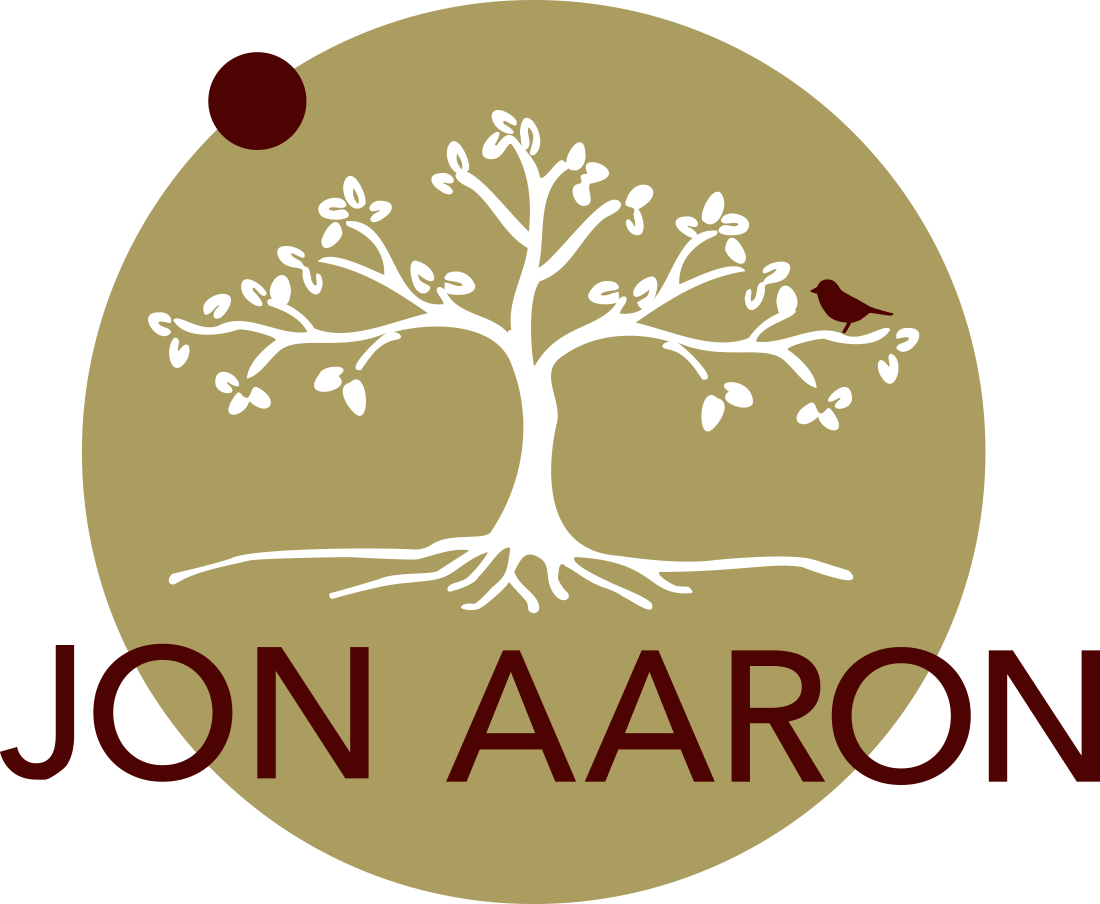Let Go, Let In
Let go of the past, let go of the future, let go of the present, and cross over to the farther shore of existence. With mind wholly liberated, you shall come no more to birth and death.
- The Dhammapada (334-359)
These lines from the Dhammapada (a series of early and very poetic Buddhist teachings) have always moved me. But what does it really mean to “let go” in this way?
When we let go of the past, future, and present, we just are. We are just being. Those moments have a timeless quality to them. In fact, birth and death are happening in every moment of our day-to-day lives.
When I wake up in the morning, there are those first blurry seconds when there is no “I.” I don’t know who I am or where I am. I experience a certain timelessness. And then–snap! I am born again into my habit mind in an instant. And off I go with my ideas about who I am and my marching orders for the day. In a sense, we are being re-born in every moment to an idea of who "I am." When we drop this, we are momentarily liberated. And in these moments, we can experience true freedom.
One of the words the Buddha uses to describe full awakening, nirvana, is the “deathless.” This can be confusing. Does it mean there is no death? That the Buddha and other awakened being became immortal gods? No. The human body dies, as the Buddha himself would come to experience. Yet, to quote the title of a well-known book by Stephen Levine, "who dies?" Once we let go of the "I am," there is no one to die or to be born. There is no fear of death because there is no "me" to die, only a rather contingent and constructed idea of me. The inevitable vicissitudes of life no longer push us around so much. In other words, when we become less attached to a fixed idea of who we think we are, we don't take things so personally.
It’s important not to confuse this insight with nihilism or the idea that nothing matters. The Buddha was careful to present a Middle Path that was neither eternalist nor nihilist. He was concerned to not be misunderstood as either.
Of course, we need to take care of this body we call "my body". It is, after all, a gateway to embodied practice and holds so much wisdom. We care for our bodies as long as they last. But as we loosen our hyper-identification with the body as being all that we are, we can live more lightly in this body. Appreciating it, but without catastrophising so much when very human things happen, like aging or illness.
The body is only one of the ways the "I am" arises. A “me” constructs itself in relationship — to possessions, jobs, loved ones, views, etc. Understanding the insubstantial nature of the self does not mean that we no longer enjoy the "things" of our lives. We don’t stop loving and caring. But we don’t need people, places or things to stay fixed in a certain way to somehow feel reassured about who we are. Everything appears rather in flux, and we can appreciate and love even more —without clinging.
As rigid ideas of "I am" are let go, wisdom and compassion are let out. We open to life as it unfolds with less resistance. We trust the emergence of whatever arises in each moment. We build our capacity and faith to respond skillfully and appropriately.
Understandably, there can be fear in letting go of the "I am." If we have experienced violence, physical and otherwise, it may have been very important to establish a strong sense of self in order to heal. Boundaries are also important and necessary at times. Yet, we can maintain boundaries while at the same time recognizing them as momentary and arising alongside with the "I am." Like the self more generally, they are useful in the conventional sense, even if unreal in the ultimate sense.
As we let go, we also let in. We drop the armor of "I am" and become vulnerable in positive ways. We are able to let in love and support with less resistance. We can receive feedback without taking it so personally.
My four days in the hospital after surgery forced me to drop away any sense of "I amness" and allowed me to accept all the care I received without fighting it. I was laid naked–quite literally! I let go of feeling vulnerable, as if there were something to defend and protect. In that, I let myself be completely vulnerable. There was a deep freedom in this. Paradoxically, this led to a kind of invulnerability, a truer refuge.
Meditation is a practice of letting go, as well as letting in. It opens us up to an experience of timelessness and deathlessness. When we have established some steadiness and loving-kindness as a basis, we can start to take some bigger risks in the practice. Who’s meditating? This is a question we can allow to arise. Another inquiry could be, "What would happen if I let go of X ?" If that’s a scary thought, how about: "What would happen if I loosened my grip on X ?"
What is discovered is that as we let go, unconditional love is let in, our compassion shines out, and freedom arises. That freedom may be but a momentary glimpse, but it can change us forever. Its very memory can be liberating.
Back to waking up in the morning and those first blurry seconds when there is no “I.” Even as I notice how the mind quickly tells me “I am Jon,” I try to receive this playfully. Hmmm — and who is that? What’s possible today?

